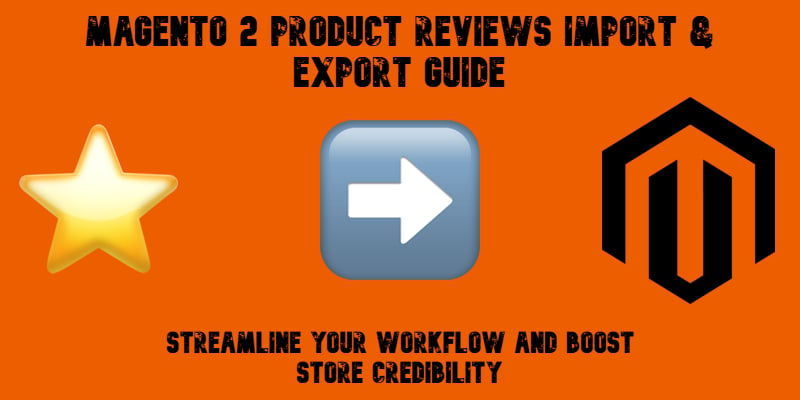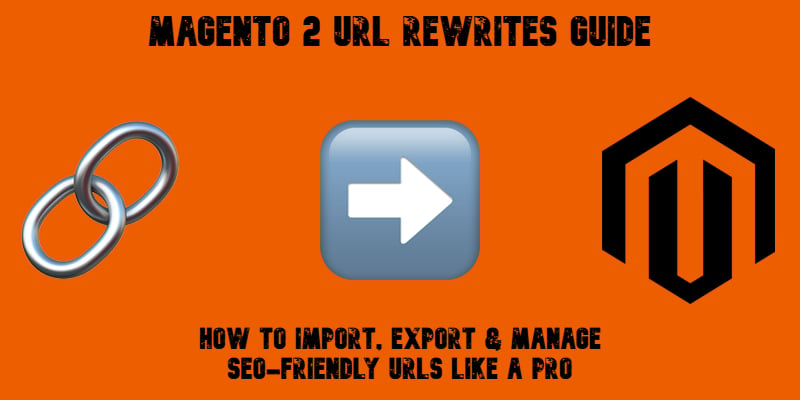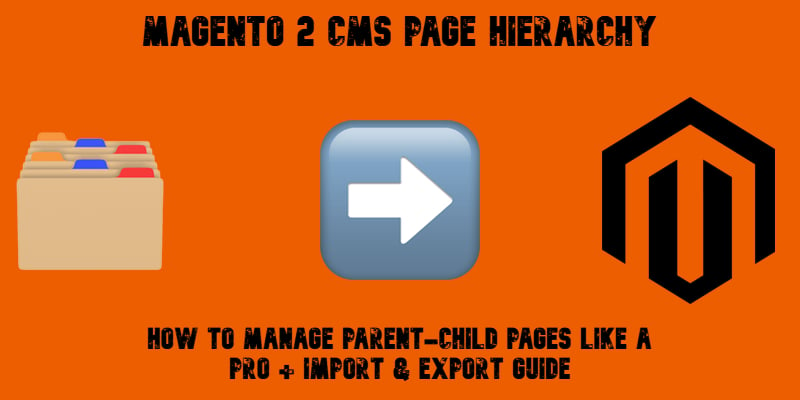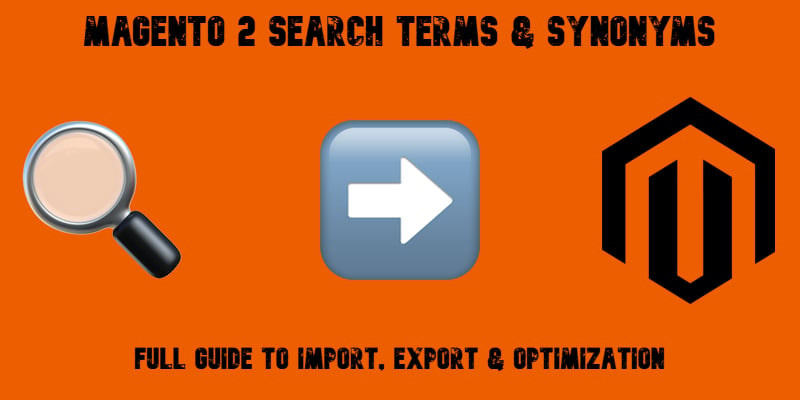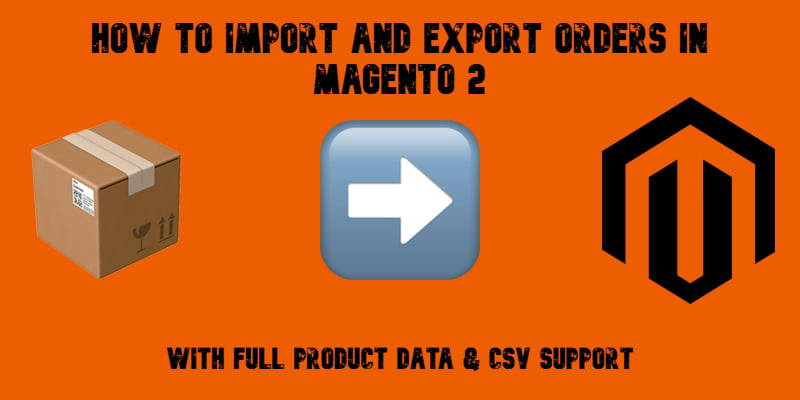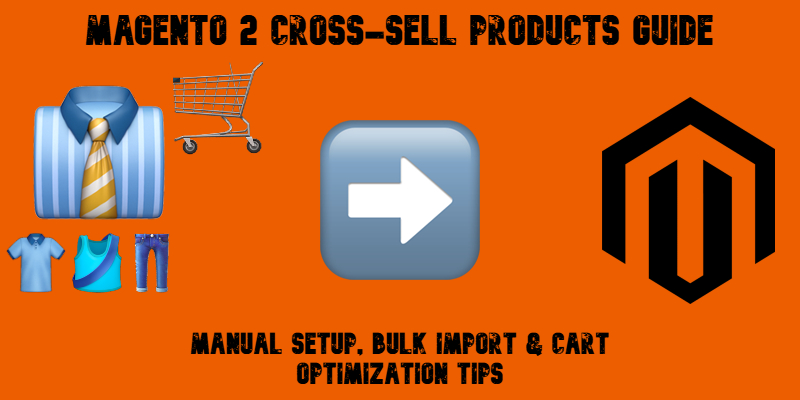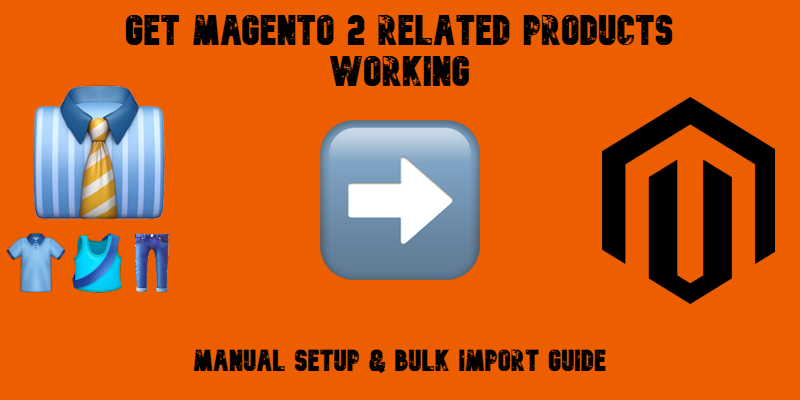Magento 2 Gift Cards Guide 2025: Management Tips + Import & Export Tutorials

Magento 2 gift cards aren’t just seasonal perks — they’re a powerful sales tool used by online grocery stores, fashion brands, sporting goods retailers, and virtually every e-commerce vertical. Whether it’s driving holiday conversions, boosting average order value, or offering store credit refunds, gift cards add flexibility for customers and new revenue streams for merchants.
Magento Commerce supports gift card products out of the box, but managing them at scale — especially when importing or exporting in bulk — isn’t straightforward. That’s where this guide comes in.
In this guide, we explore the complete Magento 2 gift card lifecycle. You’ll learn how the gift card system works, how to create and manage gift card products, and how to import gift cards using Magento’s default tools. We’ll then introduce a more powerful and user-friendly alternative — the Improved Import & Export extension — that simplifies bulk gift card management without writing custom code. All gift card attributes and data requirements are covered in detail to help you avoid common mistakes and streamline your workflow.
If you’re looking to go beyond default functionality, we’ve also prepared a handpicked list of the best Magento 2 gift card extensions to help you tailor the system to your needs. Whether you’re restoring data, launching a new gift card campaign, or syncing staging and live environments, this guide will help you manage Magento gift cards with clarity and control.. Continue Reading
